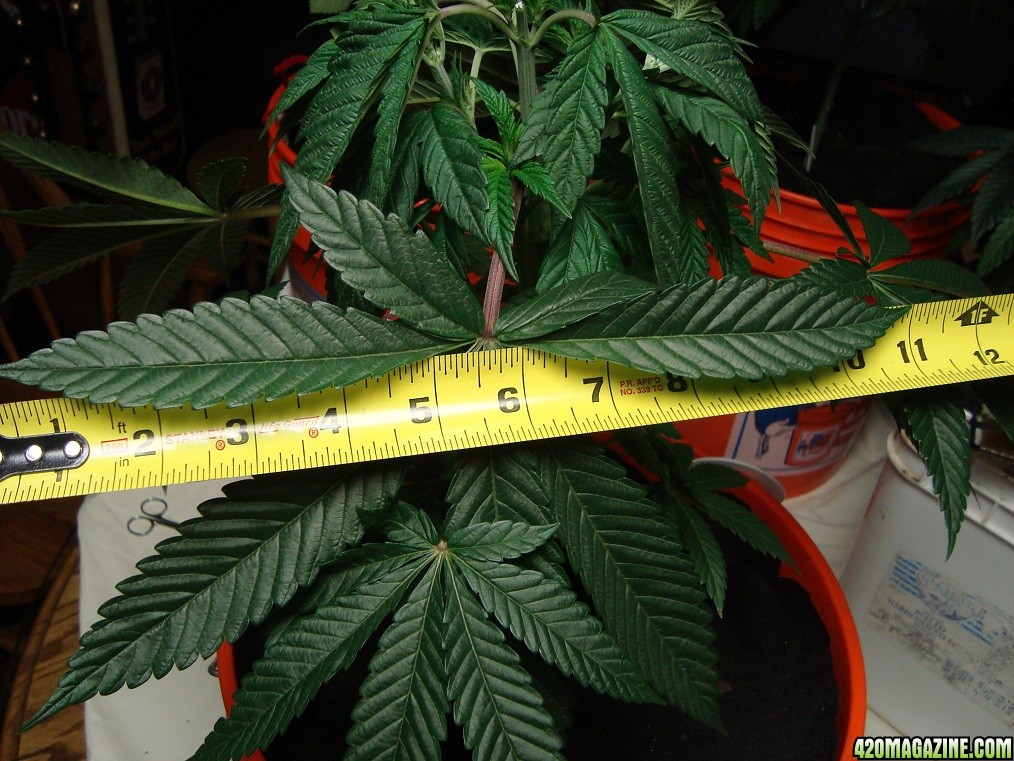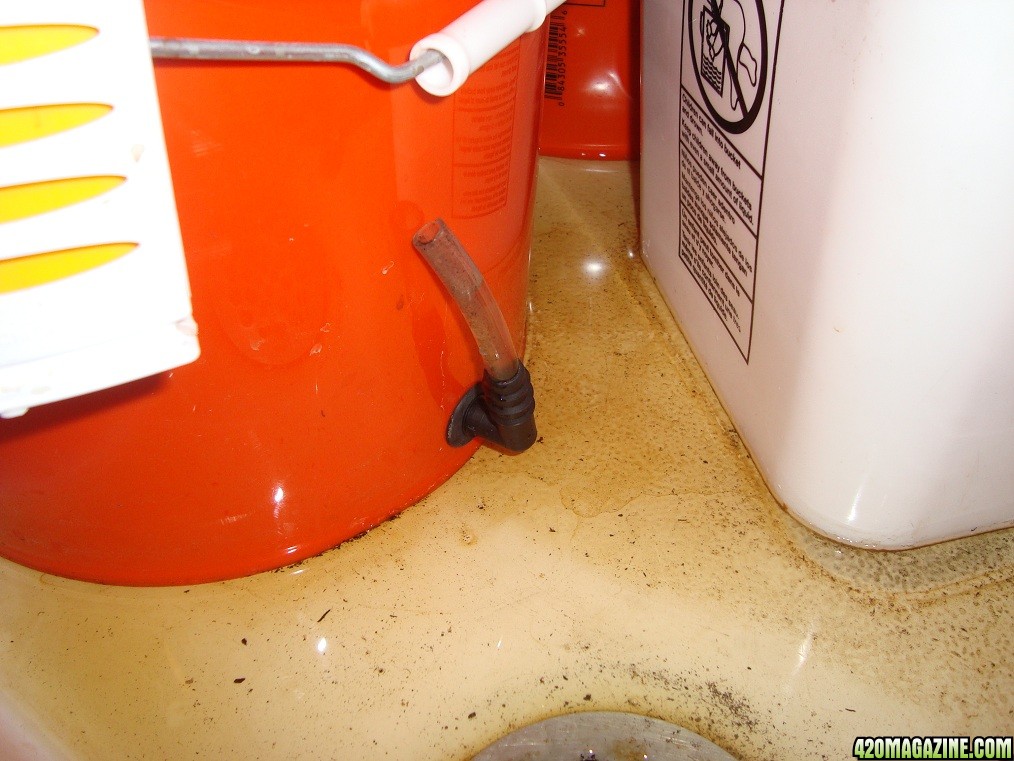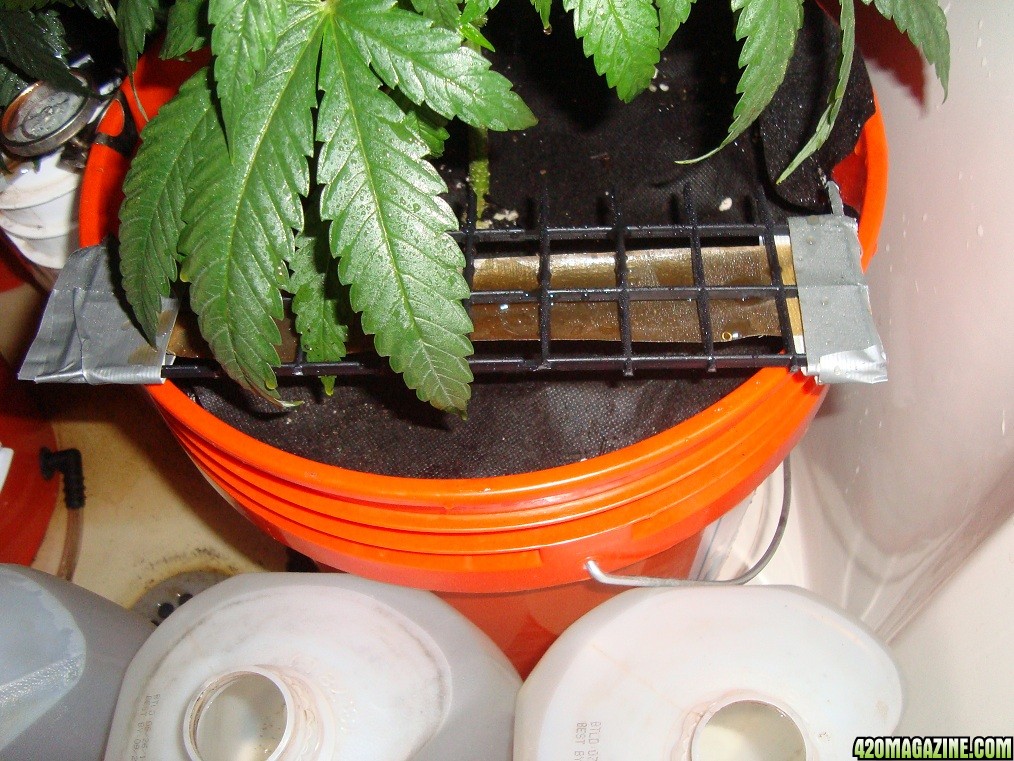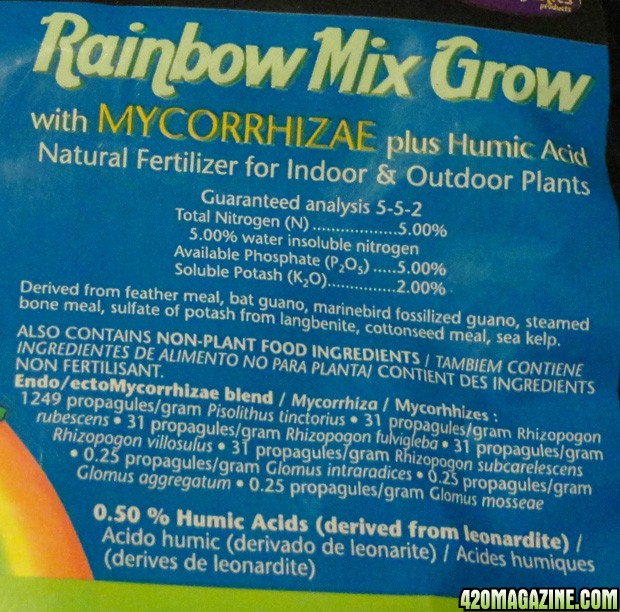- Thread starter
- #81
seagem
Well-Known Member
Hey Doc, That is exactly why I asked 420girl to change the thread over to you. I will send her another email and ask them once again to fix this. Im sorry and shouldn't have jumped the gun, I was just so exicted and my brain need more food.
For now I will post it if you tell me where you want it. I'll Cc you in.

For now I will post it if you tell me where you want it. I'll Cc you in.












 )...but no, it won't cross them. The grafted branch will just be a different strain than the rest of the plant.
)...but no, it won't cross them. The grafted branch will just be a different strain than the rest of the plant. 